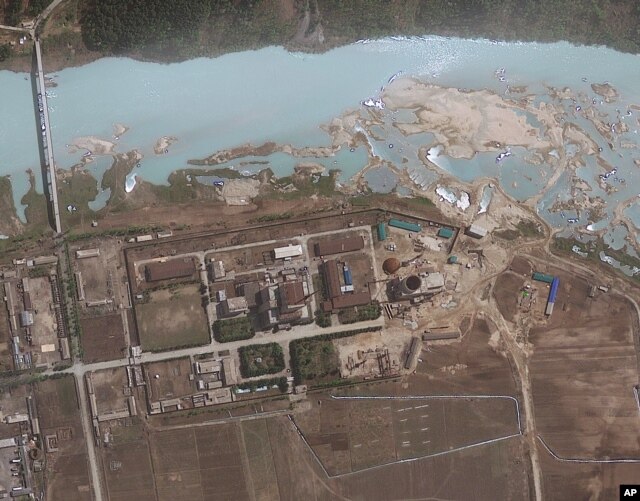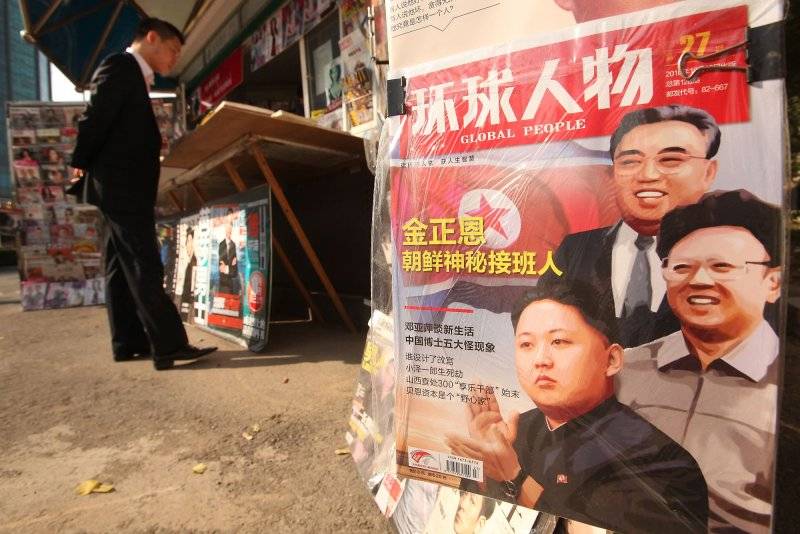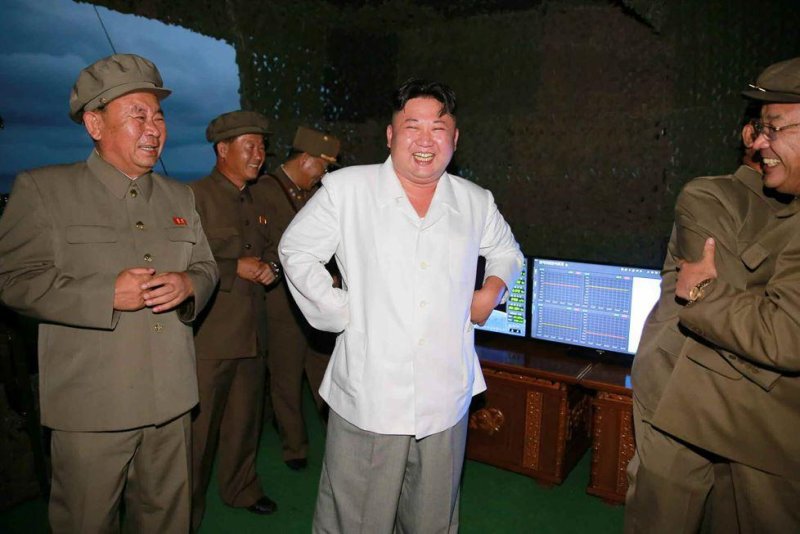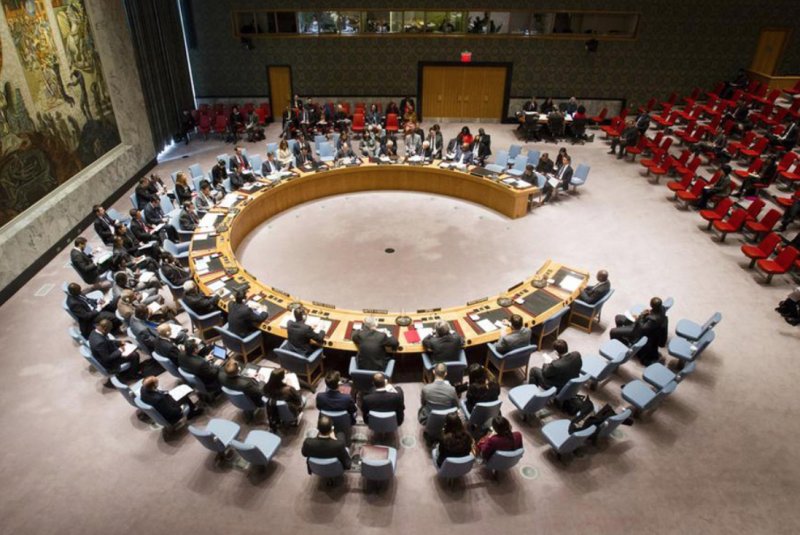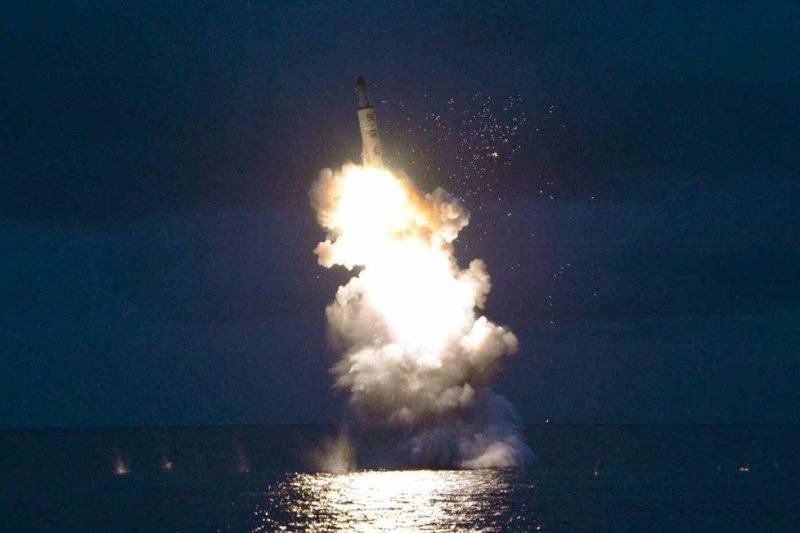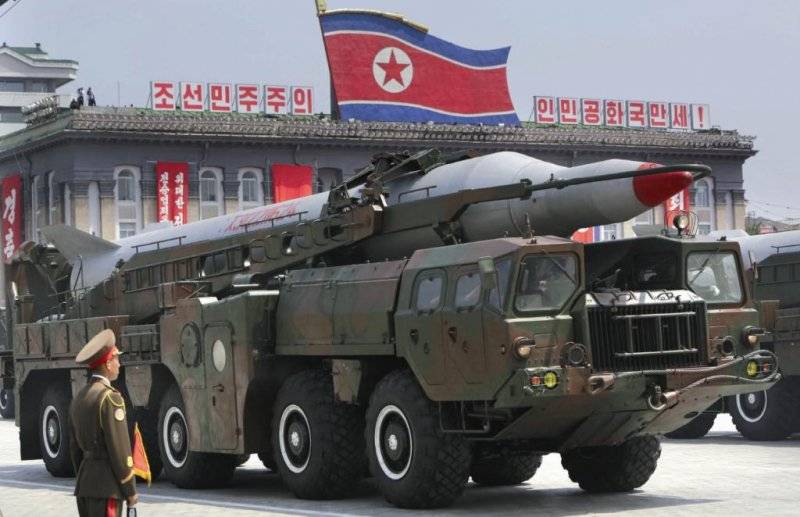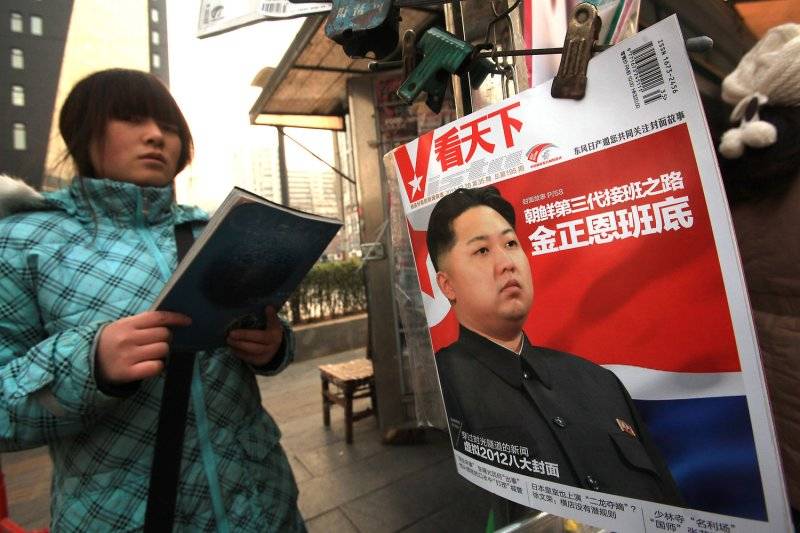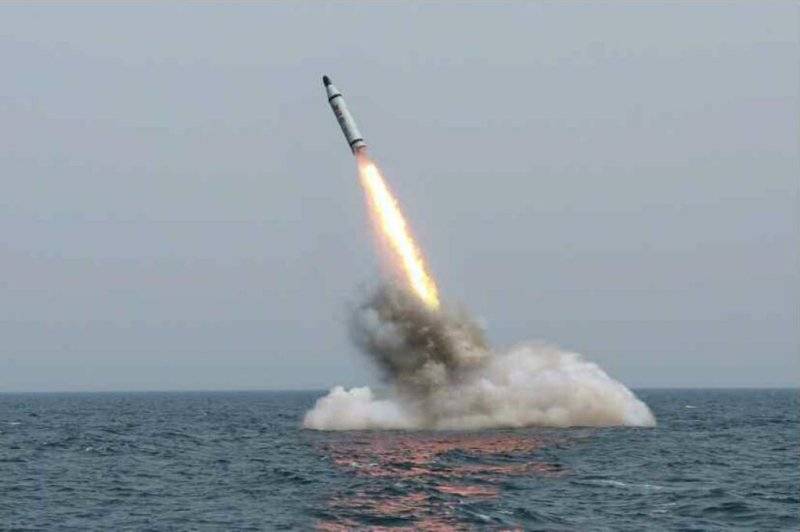North Korea said, it tested a new missile that is launched from a sub-marine.

"PYONGYANG, North Korea (AP) — North Korea said Saturday that it successfully test-fired a newly developed ballistic missile from a submarine in what would be the latest display of the country's advancing military capabilities. Hours after the announcement, South Korean officials said the North fired three anti-ship cruise missiles into the sea off its east coast."
North Korea says it tests ballistic missile from submarine

"PYONGYANG, North Korea (AP) — North Korea said Saturday that it successfully test-fired a newly developed ballistic missile from a submarine in what would be the latest display of the country's advancing military capabilities. Hours after the announcement, South Korean officials said the North fired three anti-ship cruise missiles into the sea off its east coast."
North Korea says it tests ballistic missile from submarine



